One winter morning last month, I awoke to a world transformed. An ice storm had come and encircled every detail of the landscape. Pine trees appeared aged, stooping under their new found weight, while bare branches seemed to youthfully adopt their new radiant attire.
Initially, I glanced unimpressed at this scene, viewing it as another dreary winter day. I envisioned the ice holding sleeping blooms of the trees hostage, stifling them, suffocating them. I saw no beauty against the background of the grey sky.
Then I recalled a similar day several years ago. A young woman, just past the cusp of adulthood was out enjoying just such a day. She and her friends shrieked in delight as they struggled to maintain their balance, catching hold of each other. Peppering the outbursts of joy was childlike wonder at the beauty surrounding them. Each tried to capture a piece of what that day meant, one through photos, another through a poem.
A brief search produced the poem my friend had written, and a more extensive one produced the pictures I took. As I savored the words and photos I realized in this very moment I am faced with a choice.
I can choose to be burdened by winter and groan under its weight, like the pine trees, or to revel in the myriad possibilities for beauty that today brings. Perhaps I can reclaim the part of my youth when the sight of snow filled me with wonder at the strange new world it brought, and the prospect of playing in the wonderland it created was a cause for joy.
________________________________________________________
II.
Imagery is powerful. It speaks to us in the recesses of our hearts, touching on memories and emotions that have woven themselves into the very fabric of our identity, bringing them to the forefront of our minds, often without our conscious decision to do so.
When the imagery is associated with positive emotions and memories, the experience can be pleasant such as the smell of pine at Christmas time, a photo from your wedding day, the sound of a newborn baby crying for the first time.
Unfortunately, when the imagery is associated with a past trauma or occasion of pain, one can be flooded in the present moment with the pain of past experiences. Sometimes you can avoid the triggers, but other times they are things that must be faced.
When facing imagery that evokes a pronounced negative experience, it can be helpful to take a step back and try to shift the associations away from the negative experiences to more positive ones. This can be done in a few different ways. One can reflect on the negative image and try to discover/rediscover positive aspects of it. Another approach would be to try to make new happy memories to associate with it.
One example of how Catholics frequently use this technique to great effect, is when sufferings are re-framed as an invitation to join Christ on His way of sorrows, to pick up the cross you are presented and with open arms to suffer with the Beloved.
The first part of the article shows an attempt to cognitively shift my associations with snow in particular and winter in general from my negative perceptions and memories to more positive ones. In my case, I am working to change my associations with snow and ice from feelings of being trapped, helpless, and afraid.
I was in two car accidents because of snow; in one the car flipped and I found myself suspended upside down in the air, trying to figure out how to escape without falling on broken glass. I had only been driving at 25 mph. Ironically, this accident was less traumatic than the other, because I was an adult when it happened.
After the first accident I was scared of leaving the house if there was any snow on the ground (which in the snowbelt of NE Ohio is pretty much all winter). Every time I was in a car I feared that we would get in an accident, and this time someone would die. Snow represented a very real fear of death.
For me this has been a challenging process. Frankly, I am far from where I want to be in the journey. I have been able to shift some of my perceptions, but many images still are defaced with the scars my mind projects onto them.
The good thing about scars though, is that they are wounds in the process of healing; they don’t bleed or throb anymore. The One Who accompanies me in this journey has scars of His own. Scars which fill me with great hope, for they speak to me of love’s power to heal even the most painful of wounds. 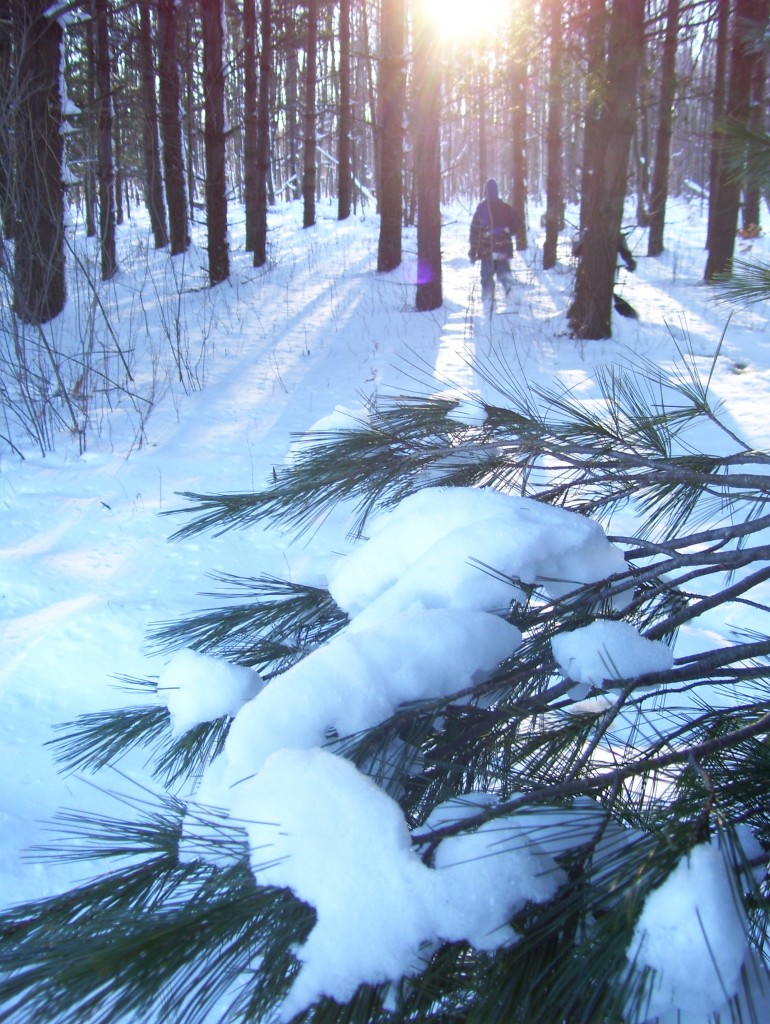
None of this is intended as psychological or medical advice. I am not trying to play psychologist, just trying to pass along information that I have found helpful.
Have you ever used cognitive reassociation? Did you find it helpful?
If you found this article helpful, share it with others!


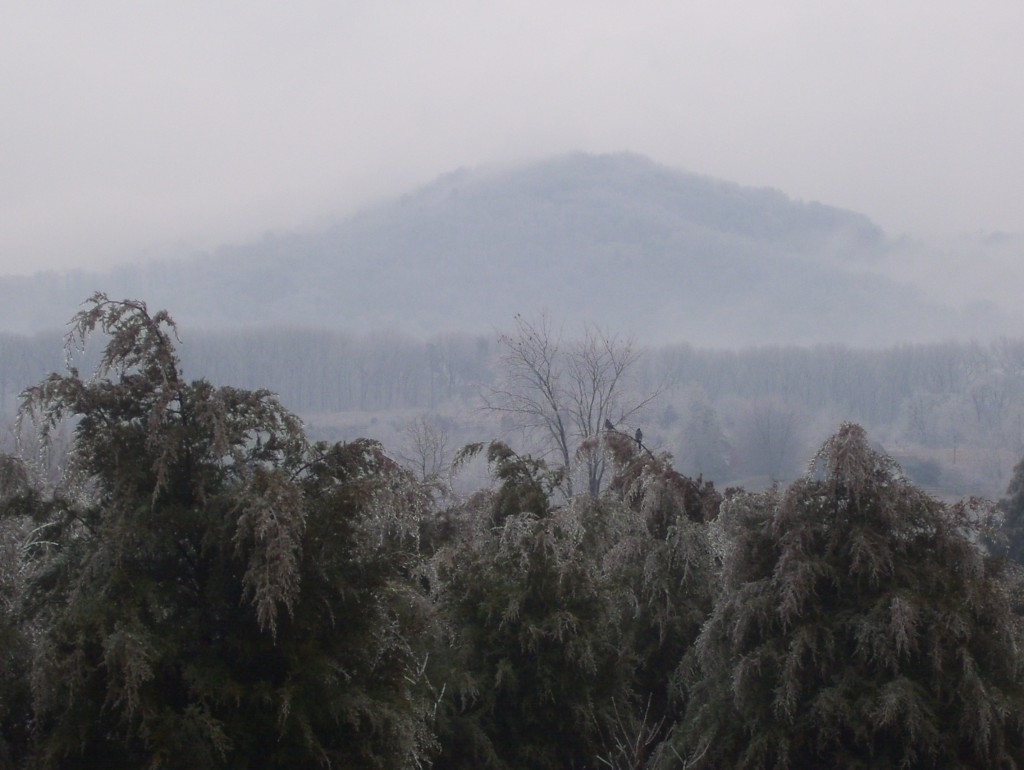
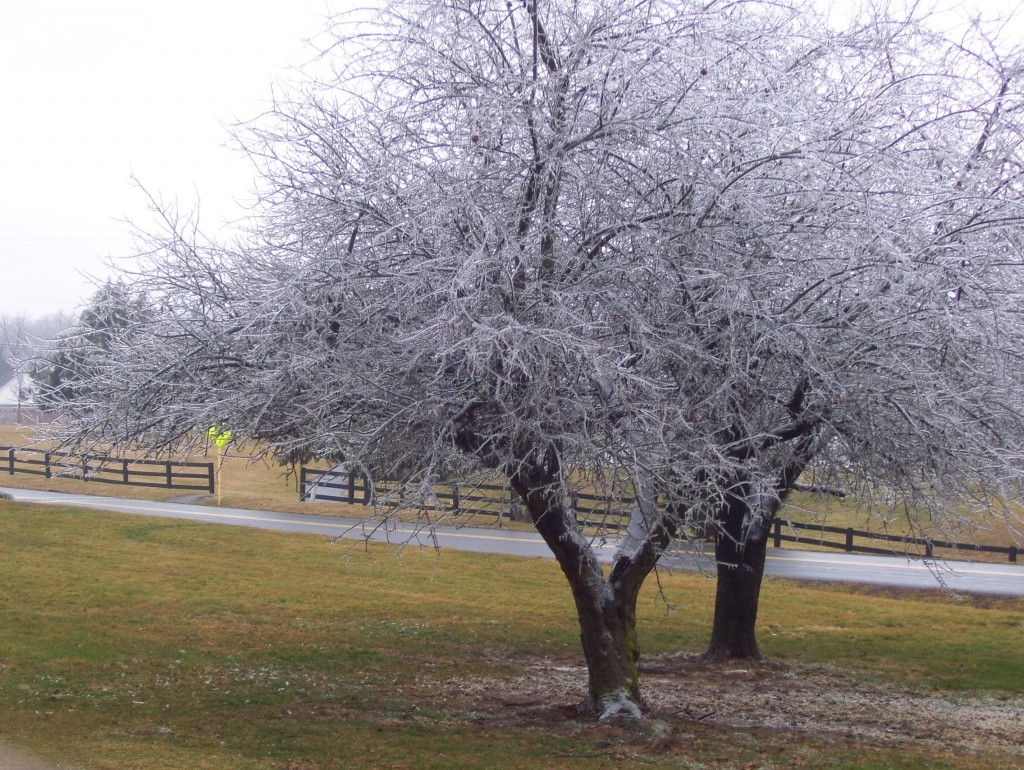
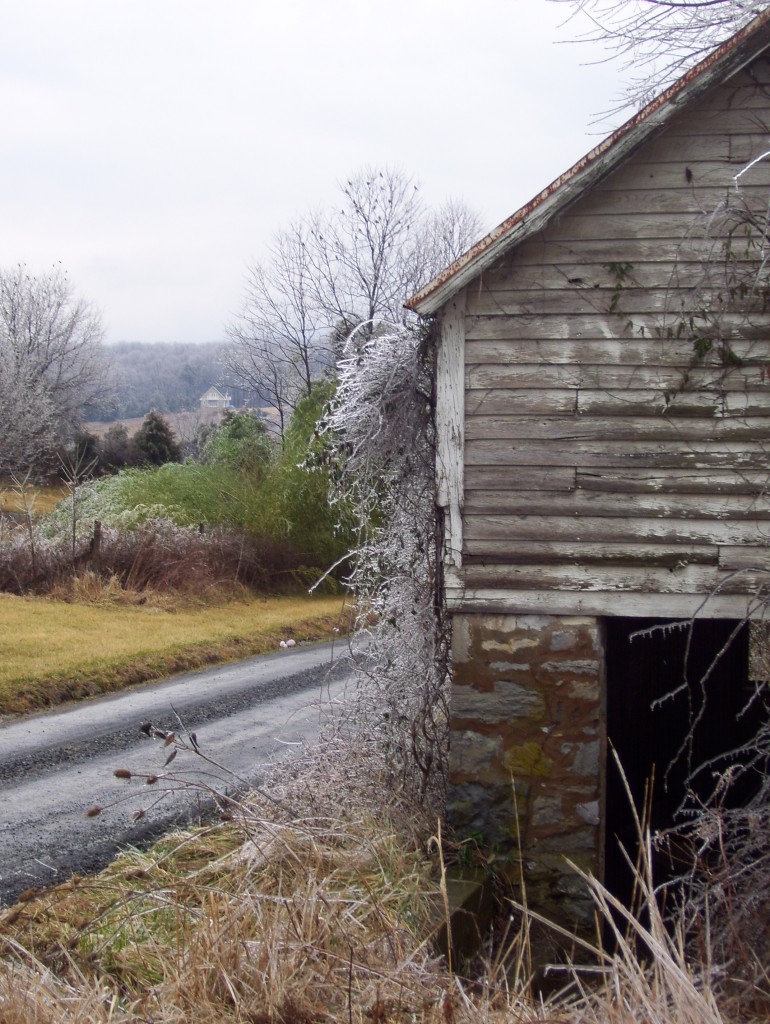
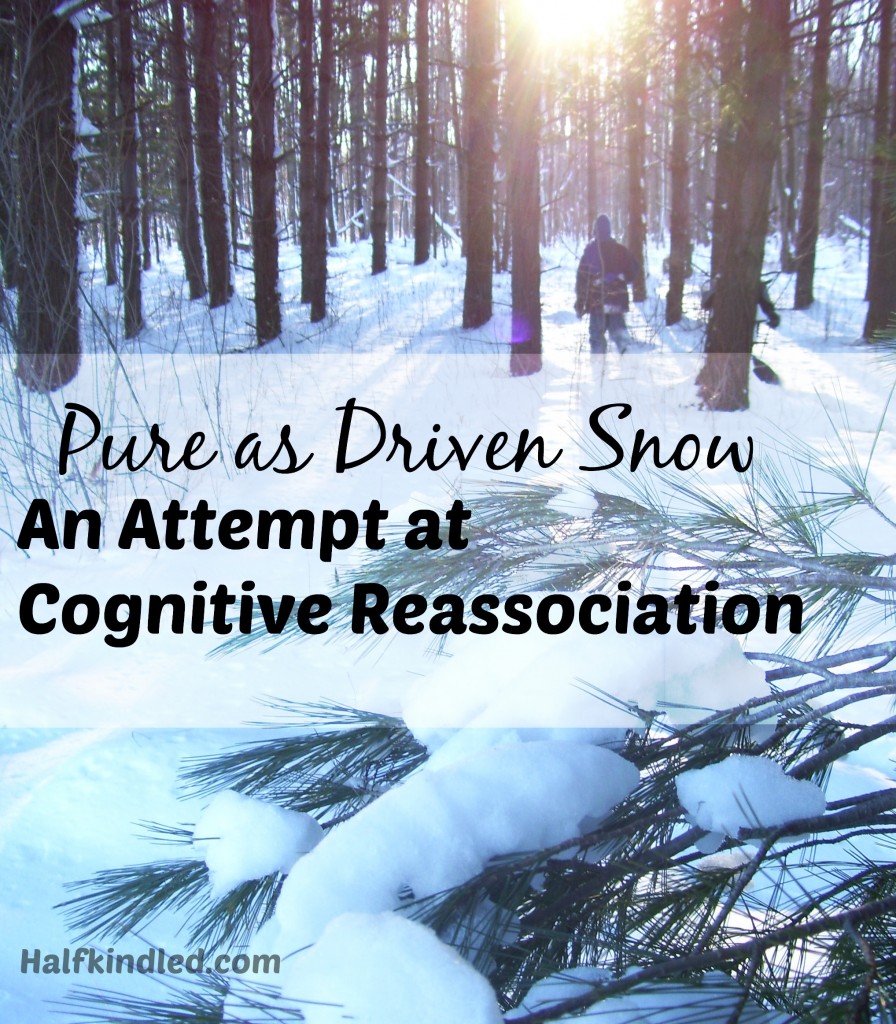

Love the pictures!
Thanks Rachel! Those were all back from my college days.